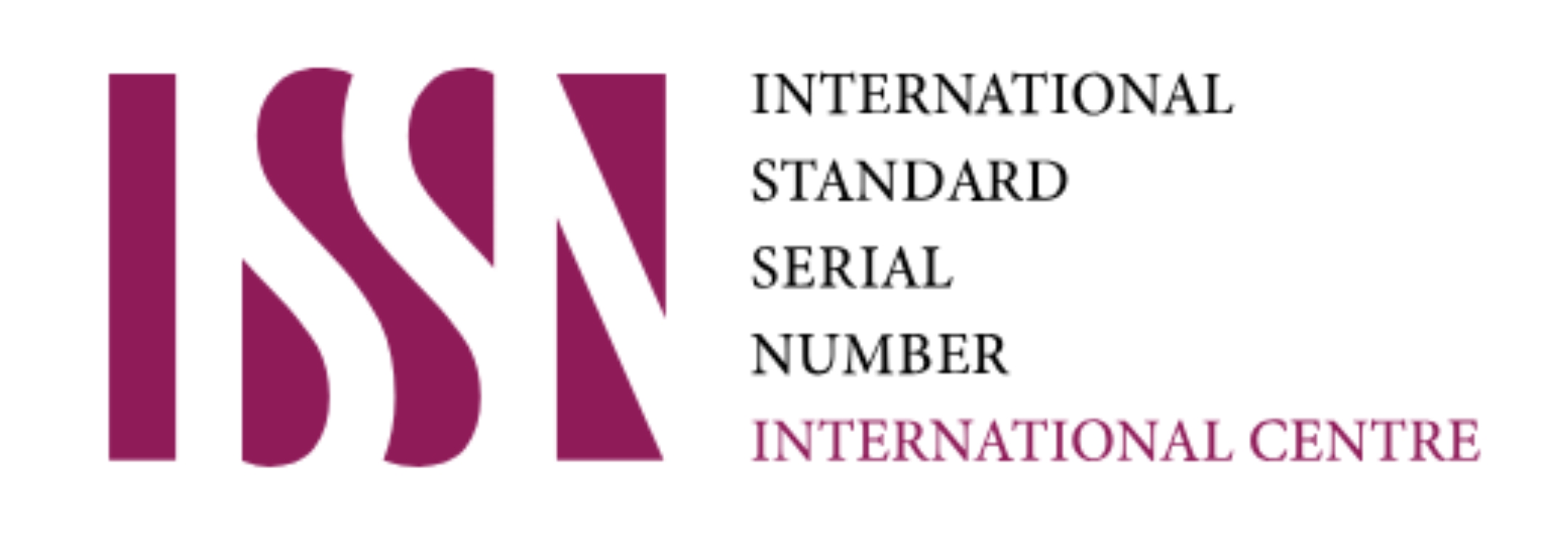Tinjauan Histori pada Gaya Visual Iklan Cetak Coca-Cola
Abstract
Zeitgeis (the soul of the times) has a great influence on the characteristics of works of art in the form of paintings, sculptures, reliefs, illustrations, writing to develop into advertisements. Advertising is one of the works of art that appeared in the 17th century. In the 1880s, several manufacturers or companies adapted the techniques by which advertisements appeared on posters. Various producers of food, beverage, medicine and toiletries began to introduce their products through poster advertisements. In 1886, The Coca-Cola Company was founded in America. In 1906, William D'Arcy joined as the Creative Team that planned the Coke advertising concept and had the view that "Coca-Cola commercials should create scenes that draw people in and make them part of a pleasant interlude of everyday life." This study is a historical review of the influence of styles during the Antiquity, Mediaeval, Renaissance, and Baroque periods on the development of the visual style of Coca-Cola's print ad. Zeitgeis provided a transition to the development of the visual style of Coca-Cola's print advertising in every period of time.
References
Alchin, Linda, 2015, Middle Ages for Kids, [online] Available at
Alicja Zelazko, 2017, Last Supper: fresco by Leonardo da Vinci. [online] Available at
Arikunto, Suharsimi, 2002, Prosedur Penelitian, Suatu Pendekatan Praktek, PT Rineka Cipta, Jakarta.
Barasch, Moshe, 1985, Theories of Art, From Plato to Winckelmann, University Press, New York.
Endraswara, Suwardi, 2006, Metode, Teori, Teknik Penelitian Kebudayaan: Ideologi, Epistemologi, dan Aplikasi, Pustaka Widyatama, Yogyakarta.
Justina, 2016, 20 Khazanah terbesar di Museum Louvre, [online] Available at
Kauffmann, Angelica, 2016, Cornelia Pointing to her Children as Her Treasures," in Smarthistory, [online] Available at
Persatuan Perusahaan Periklanan Indonesia, 2007, Reka Reklame, Galangpress, Yogyakarta:
Prameswari, N. S, 2014, Di Balik Topeng Maskulinitas Iklan Rokok: Kritik Terhadap Iklan Rokok A Mild Media Outdoor Versi Berani Takut. Imaji: Jurnal Seni dan Pendidikan Seni, 12(2).
Prameswari, N. S, 2018, Strategi Branding melalui Inovasi Desain Kemasan bagi Home Industry Sabun Cair. Desain Komunikasi Visual, Manajemen Desain dan Periklanan (Demandia), 3(02), 179-198.
Prameswari, N. S., Widagdo, P. B., & Sugiarto, E, 2019, Perluasan Jaringan Pemasaran melalui Kemitraan dengan Marketplace bagi PKL Dampak Relokasi Pemkot Surakarta. Citradirga-Jurnal Desain Komunikasi Visual dan Intermedia, 1(2), 1-8.
Russia Robinson, 2017, Tintoretto: The Last Supper, [online] Available at
Steinberg, Leo, 1992, “Who’s Who in Michelangelo’s Creation of Adam: A Chronology of the Picture’s Reluctant Self-Revelation.” Art Bulletin: 552-566. [online] Available at
Sugianto, Wardoyo, 2002, Sejarah Seni Rupa Barat. Penerbit ITB, Yogyakarta.
Sumardjo, Jakob, 2000, Filsafat Seni, Penerbit ITB, Bandung.
The Coca Cola Company, 2020, The Coca-Cola Company, [online] Available at
The Uffizi, 1980, Virgin and Child enthroned, surrounded by angels and saints (Ognissanti Maestà). [online] Availabe at
Yin, Robert K, 2005, Studi Kasus: Desain dan Metode. PT RajaGrafindo Persada, Jakarta.

This work is licensed under a Creative Commons Attribution-ShareAlike 4.0 International License.










 This work is licensed under a
This work is licensed under a 